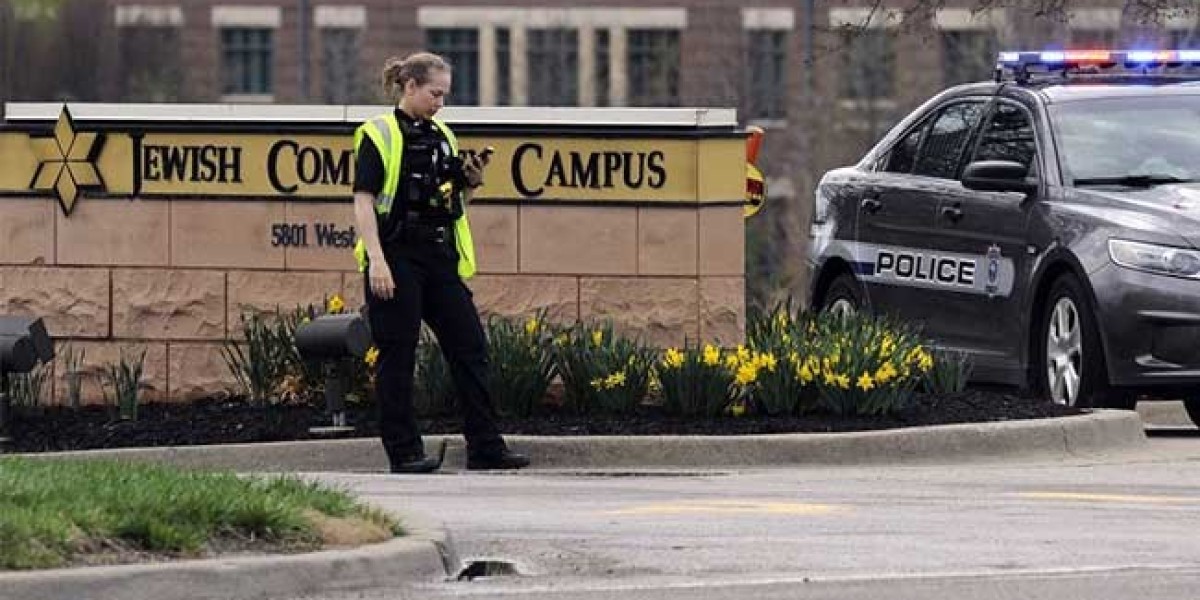The topic of school and campus security has gained significant attention in recent years due to rising concerns about student safety and growing threats in educational settings. Schools and campuses are not just places for learning; they are environments where students, faculty, and staff should feel secure. To meet this need, educational institutions are increasingly adopting advanced security technologies and protocols to ensure safety and maintain peace of mind for all stakeholders.
School and campus security involves a multi-layered approach that includes physical infrastructure, technology, policy enforcement, and community involvement. Effective security measures begin with perimeter control, including secure fences, monitored gates, and entry points manned by security personnel or equipped with electronic access systems. These efforts are supported by identification badges and visitor management systems that prevent unauthorized access to school premises.
Technology plays a vital role in modern school and campus security frameworks. One of the most commonly deployed tools is video surveillance, which allows continuous monitoring of key areas such as entrances, hallways, classrooms, and outdoor spaces. High-definition cameras, integrated with analytics software, help in real-time threat detection and post-incident investigation. These systems can identify unusual behavior, monitor crowd movement, and detect intrusions, thereby supporting a proactive approach to safety.
Access control is another critical component of school security. It ensures that only authorized individuals can enter specific areas of the school or campus. Keycard systems, biometric scanners, and smart locks enable controlled entry and exit, helping administrators monitor who is on the premises at any given time. These systems are often integrated with centralized management platforms, providing administrators with greater visibility and control over school security operations.
Emergency preparedness is essential to any school safety strategy. Institutions are now focusing on having detailed emergency response plans that include lockdown drills, evacuation procedures, and communication protocols. These plans are supported by emergency alert systems capable of sending instant notifications to students, staff, and first responders via SMS, email, or intercom. Schools also collaborate with local law enforcement agencies to conduct training exercises and improve readiness for various crisis scenarios.
In addition to physical and technological solutions, the human element remains crucial in ensuring effective school security. Trained security personnel, school resource officers, and faculty all play active roles in identifying risks and maintaining order. Moreover, cultivating a culture of safety and awareness among students and staff can lead to early detection of threats and reduce the likelihood of violent incidents. Programs that promote mental health support, conflict resolution, and anti-bullying campaigns also contribute significantly to the overall safety of the educational environment.
The market for school and campus security is expanding rapidly due to growing demand for comprehensive safety solutions. EdTech companies, surveillance system providers, and cybersecurity firms are collaborating with educational institutions to deliver tailored security packages. These include not only hardware installations but also software platforms for managing attendance, incidents, and communication during emergencies. Cloud-based solutions are increasingly popular, offering scalability and ease of integration with existing school systems.
One of the emerging trends in campus security is the use of Artificial Intelligence (AI) and machine learning. AI-enhanced cameras can recognize license plates, detect weapons, and monitor behavioral anomalies. These intelligent systems support faster decision-making and reduce the burden on human operators. Additionally, mobile apps are being developed for real-time safety reporting, allowing students and faculty to report suspicious activity or request help instantly.
Cybersecurity is also an important aspect of school safety, especially as more learning moves online. Protecting digital records, student data, and online communication systems from unauthorized access and cyberattacks is essential. Educational institutions are investing in firewalls, encryption tools, and multi-factor authentication to protect their networks. Training students and staff on cyber hygiene is equally important to minimize risks associated with phishing or data breaches.
Despite all advancements, there are still challenges in implementing effective school and campus security. Budget constraints often limit the ability of schools to adopt advanced technologies or hire adequate security staff. Resistance to change from traditional administrative practices can also slow down implementation. Furthermore, balancing security measures with maintaining an open and welcoming educational environment remains a critical concern.
To overcome these challenges, schools must prioritize a comprehensive security strategy that aligns with their unique needs and available resources. Stakeholder engagement—including students, parents, staff, and the broader community—is key to fostering trust and collaboration. Regular audits, training, and updates to security protocols ensure that the measures remain effective and adaptable to evolving threats.
Source - https://www.marketresearchfuture.com/reports/school-campus-security-market-2957
In conclusion, school and campus security is a dynamic field that requires constant vigilance, innovation, and community support. As threats become more complex, educational institutions must adopt integrated safety solutions that combine physical security, advanced technology, emergency planning, and human engagement. By doing so, schools and campuses can create a safe and nurturing environment where students can thrive without fear.








